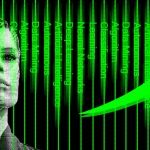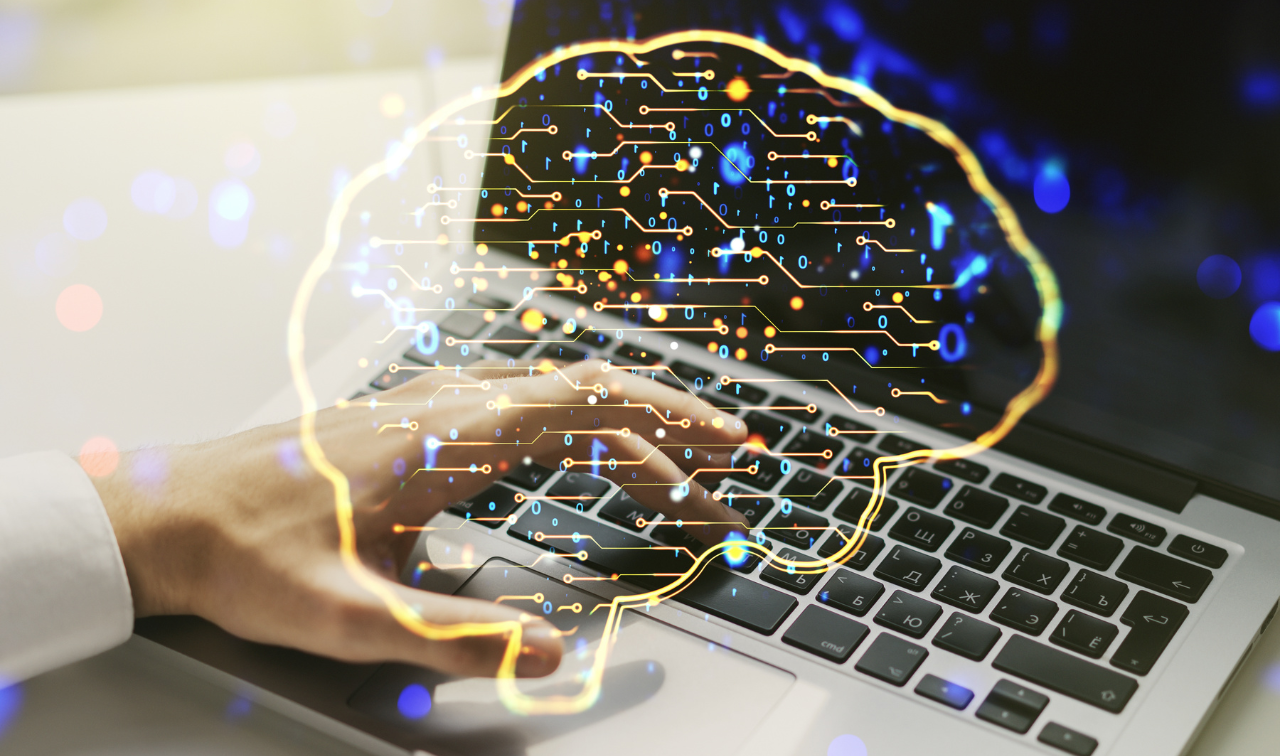Deep learning, machine learning and artificial intelligence: what are the differences?4 min read
Understanding the main aspects and differences of artificial intelligence, machine learning and deep learning helps us to understand how they work and in what areas they can be applied.
Artificial intelligence, deep learning and machine learning: the differences
We hear a lot about artificial intelligence and, lately, the concepts of machine learning and deep learning are also widespread. These last two are often used as synonyms for artificial intelligence, but, actually, they express three very different concepts.
The term “artificial intelligence” (or AI), in fact, was first coined during the 1950s, and refers to all computer machines capable of performing tasks typical of human intelligence. Machine learning is simply a means of accessing artificial intelligence, while deep learning is one of the many approaches to machine learning. Let’s now look in more detail at the differences between these three concepts.
Artificial intelligence
Artificial intelligence refers to all the typical actions of the human intellect which, nowadays, are carried out by computers. These include language comprehension, object and sound recognition, problem solving, action planning and learning.
Artificial intelligence is usually combined with the Internet of things (iot), creating a relationship similar to that of the brain and the human body. Our body, through the sensory inputs, succeeds in recognizing certain situations and realizing the corresponding actions. It is precisely the sensory inputs that drive our brain to make decisions, sending signals to the body to control its movements.
The Iot works the same way. It works through a set of connected sensors and, thanks to artificial intelligence, it is possible to give meaning to all the data acquired. Finally, through the control system, the heart of the circuit, it is possible to make decisions and to operate the movements.
Machine learning
Machine learning is one of the possible options for implementing artificial intelligence. More specifically, it’s a kind of subset of AI that focuses on the ability of machines to receive a data set for their autonomous learning. Indeed, the algorithms are modified as more information is received on what they are developing.
The term “machine learning” was coined after artificial intelligence, and it indicates the ability of a machine to learn without being explicitly programmed. In essence, machine learning “trains” the algorithm to learn from different environmental situations. This involves the use of huge amounts of data and, of course, an efficient algorithm that can improve and adapt to various situations.
Machine learning automates the construction of the analytical model, using statistical models, operational research and neural network methods, inspired by the functioning of the human brain. These units process the information by responding to external inputs and classify it to other units.
To better understand the concept of machine learning, artificial vision systems are a classic example. In these, computers are able to recognize objects acquired digitally by image sensors. In this case, the algorithm used must be able to recognize certain objects, learn from situations and store the data. All this so that you can efficiently reuse this information during future artificial vision acquisitions.
Deep learning
Deep learning is one approach to machine learning. It’s inspired by the structure of the human brain, which is the interconnection between neurons. It uses huge neural network models with multiple processing units and leverages computer advancements and training techniques to learn complex models through a huge amount of data.
Due to the many levels involved, deep learning is sometimes simply called “deep neural network”. It generally applies to the recognition of images or sounds, such as the human voice.
Iot and artificial intelligence
Now, both deep learning and machine learning have taken huge steps towards artificial intelligence, thus improving AI.
Technological advances in electronics continue to guide the AI and Iot symbiosis. For example, advances in computer processing and data storage have enabled more data to be collected and analysed. The reduction of computer bugs and the improvement of production techniques imply more economical and more powerful sensors. In addition, wireless connectivity offers a high volume of data at very economical prices, allowing sensors to send unlimited data.
All these advances lead us to the creation of intelligent machines that enter our daily lives.
However, to ensure the continuous development of artificial intelligence, machine learning and deep learning, it is necessary that the data that guide algorithms and decisions are of high quality for correct interpretation.
Contents is an innovative and successful marketing technology company that has developed an exclusive software platform for analyzing, producing and distributing original content. It also uses the system of natural language generation, based on artificial intelligence, which makes it possible to create, in just a few seconds, natively multilingual and personalized content, without any human intervention. Our services are designed for e-commerce, publishers and web agencies. Sign up for free!




